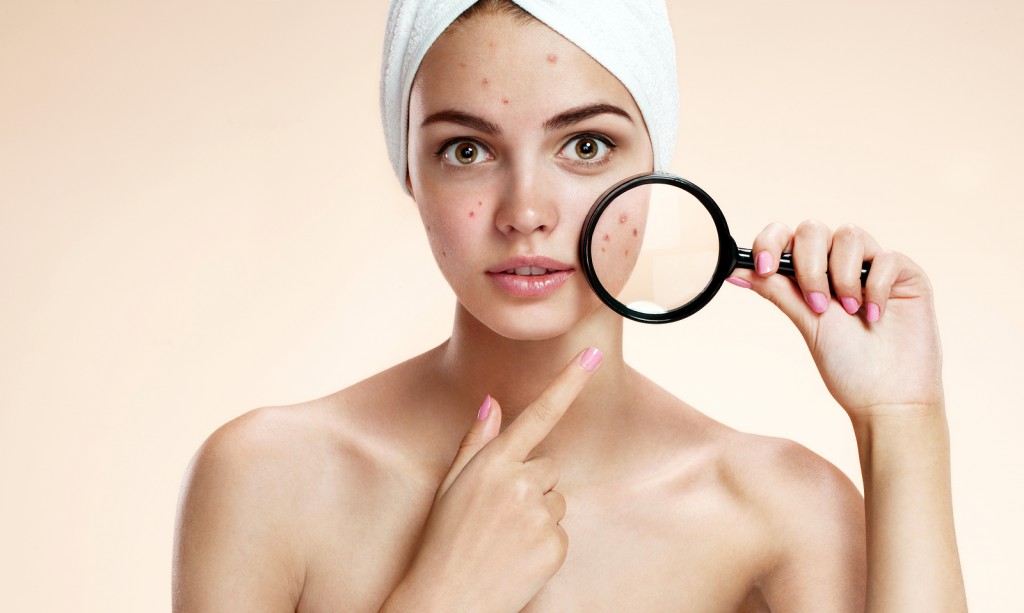Acne is a condition that everyone is vulnerable to no matter what age and gender they are. The treatment of this condition depends on its type, severity and causes. Blackheads, blemishes and purulent cysts are characteristic features of various acne stages. Check how to deal with each of them.
Teen acne
85% of people aged 12-24 suffer from it. The most common form of adolescent acne are blackheads that appear in the T zone (on the forehead, nose and chin). They may have an open form, i.e. black dots formed as a result of the oxidation of the skin pores. Closed comedones may appear as well. They are invisible hair follicles and inflammatory conditions that arise under the skin.
The advanced phase of acne
This type of acne is characterized by deep inflammation, many comedones and purulent blemishes. There is also a very high risk of scars and discolouration. A very dangerous form of acne is keloid acne or pimple acne. In the area of skin lesions, keloids and permanent damage to the epidermis may arise.
Adult acne
Acne is not just a teen’s disease. Adults can suffer from it as well, but in their case, the causes of the illness are completely different. Yes, adult acne may be a continuation of juvenile illness, but it is more often caused by the hormonal disorder, improper care or it may appear as an autonomous disease.
Acne – the causes of formation
The formation of acne is associated with excessive production of sebum and keratinization of the hair follicles. Due to clogging, tallow cannot penetrate, which leads to blackheads and inflammations. Acne should be treated right away, otherwise, it may leave scars, blemishes and enlarged pores.
How to remedy the causes of acne?
The treatment of acne should be done from the inside as well as on the outside. With a mild form of acne, it is recommended to avoid triggers, i.e. alcohol, coffee, chocolate and processed foods. It is recommended, however, to take vitamin E, zinc and minerals in the form of oral tablets. However, with severe acne, antibiotic therapy or hormonal treatment is more effective.
How do you remove acne scars?
For the control of scars and discolourations left over from acne, chemical peels using TCA acid or fractional laser are used. Mesotherapy with hyaluronic acid may also bring good effects. During such treatments, the epidermis will be exfoliated, the scars will become shallow and the discolourations – brightened. The sebaceous glands will produce the right amount of sebum, the inflammation will disappear and the pores of the skin will be purified.


















Leave a Reply